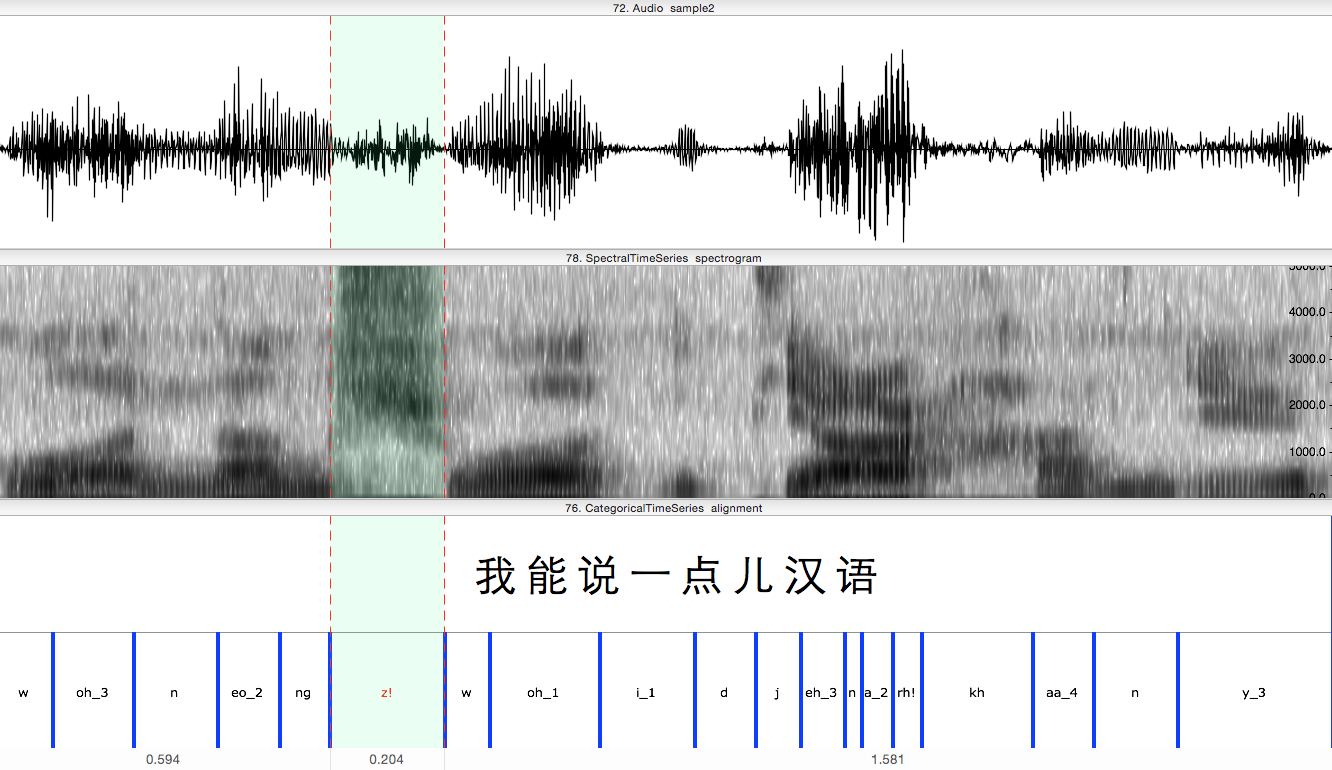Facial Animation in Korean, Polish & Mandarin
Breaking Language Barriers
One thing that makes Speech Graphics unique is our ability to animate in any language with the same quality and precision. We have even successfully animated speech in less widely spoken languages such as Mayan! Behind the scenes, we have a great team of researchers and linguists working hard to make sure all animations meet our standards, regardless of language.
Becky, one of our linguists, has some insights on what makes some of the languages we animate interesting, and how we adapt to work with them:
Korean
The Korean writing system is neat. Every character, or Hangul, represents one spoken syllable. Each Hangul consists of up to three smaller parts, called Jamo, which correspond to one phonetic sound each. The words in our dictionary are written in Hangul, but we use the phonetic information contained in the Jamo to generate animation. Fortunately, the Jamo components of a Hangul character can be found by applying a mathematical equation to the character code of the Hangul.
I’ll spare you the math, but here’s an example:
한국 is a word with two syllables, and it means “Korea”. When we apply our equation to each syllable, we find the following Jamo components:
한 = ㅎ + ㅏ + ㄴ = h + a + n
국 = ㄱ + ㅜ + ㄱ = g + u + g
And now we see that it’s pronounced “han-gug”. You can follow the link and click the “listen” button to hear what it sounds like.
Polish
Polish has many consonant clusters that are not possible in English. In English, there are at most three consonants at the beginning of a syllable, such as s + p + l in “split”, and there are many restrictions on which consonants can be combined in this way. Polish can have up to five consonants in one cluster!
Here’s a Polish tongue twister that’s full of consonant clusters that we don’t have in English: “W Szczebrzeszynie chrząszcz brzmi w trzcinie.” It means “In Szczebrzeszyn, a beetle buzzes in the reed.”
Mandarin
Mandarin is a tonal language with five different tones. This means that two words with the same sounds can mean two different things when they are pronounced with different pitches. For example:
妈, “ma” with the 1st tone, means “mom”
马, “ma” with the 3rd tone, means “horse”
Our dictionary includes tone information. When we looked at all the vowels that occurred in our Mandarin dictionary, it seemed like there were over 85 different vowels! But we ultimately broke these down into 17 vowels and vowel combinations, with 5 different tonal pronunciations for each one.
Mandarin also has two character sets, and we support both. We devised a way to convert traditional characters to simplified and vice versa, and made a dictionary for each writing system. Here’s the word for “computer” written both ways:
Simplified: 计算机
Traditional: 計算機
While we are able to animate any language, including custom or obscure languages, we are working on updating our core technology one language at a time to get even better results. Right now, we can handle over ten languages, and are working on more!
If you would like to learn more about Speech Graphics, or discuss how to use our facial animation in your next project, please get in touch!

